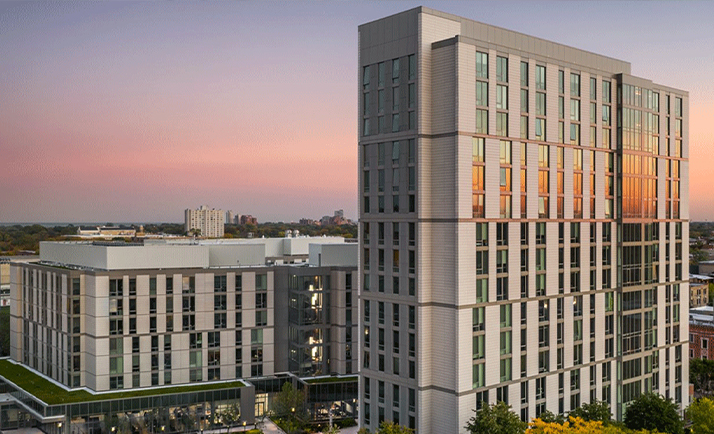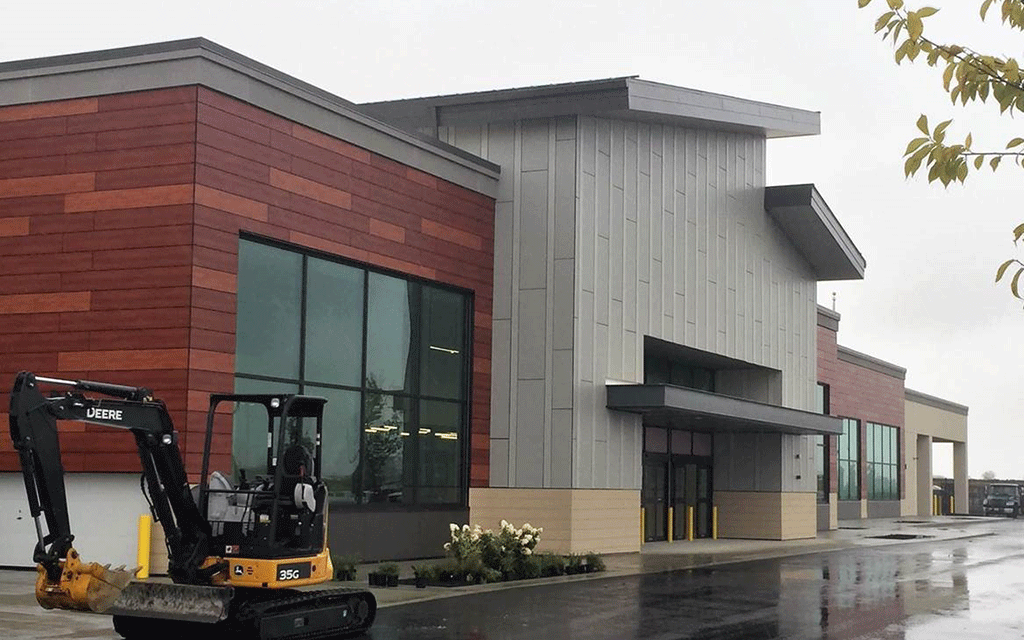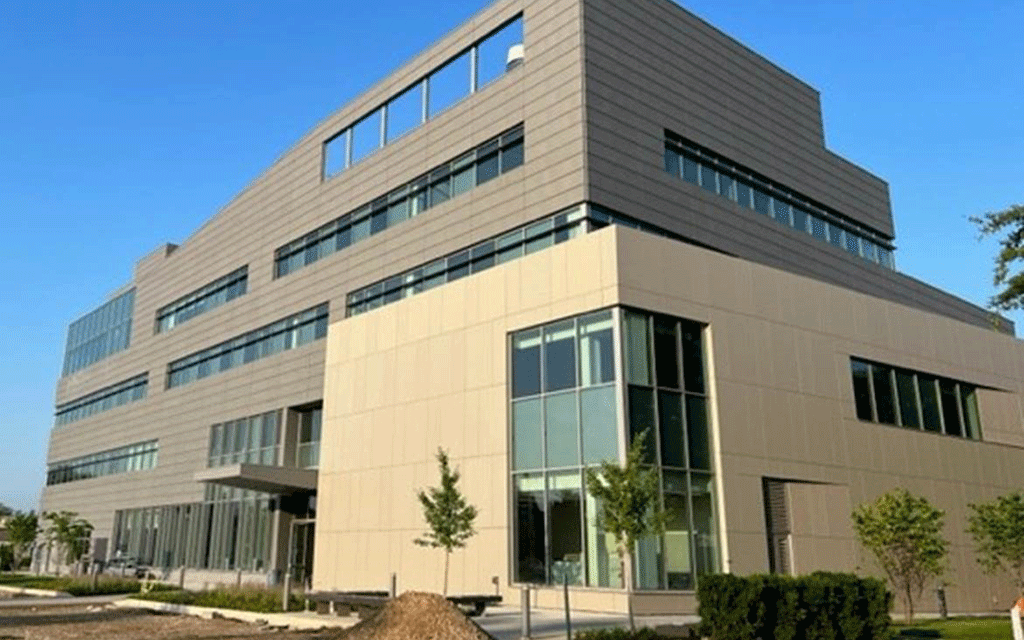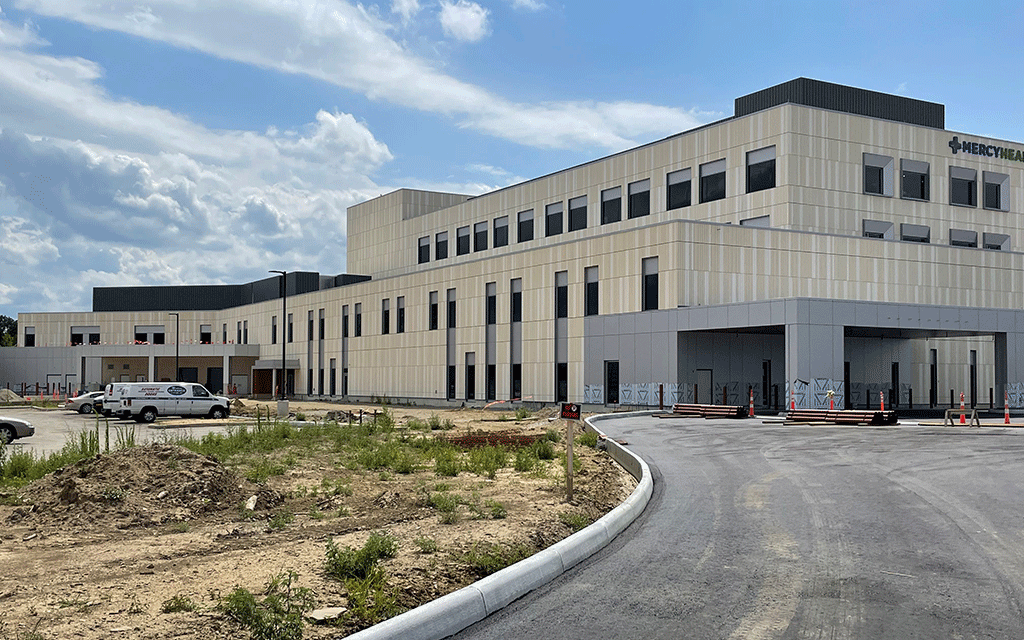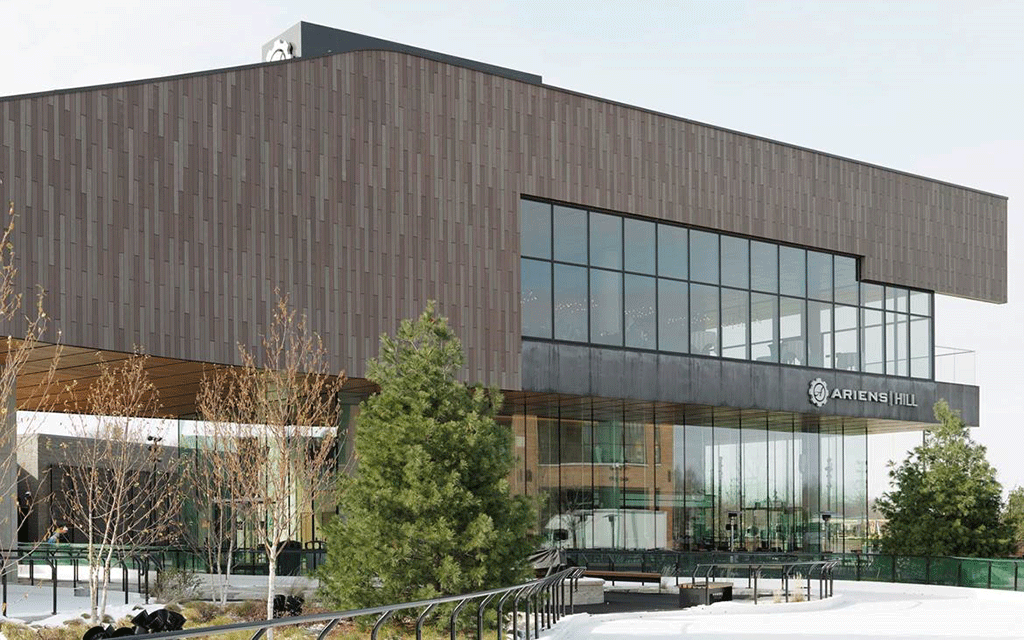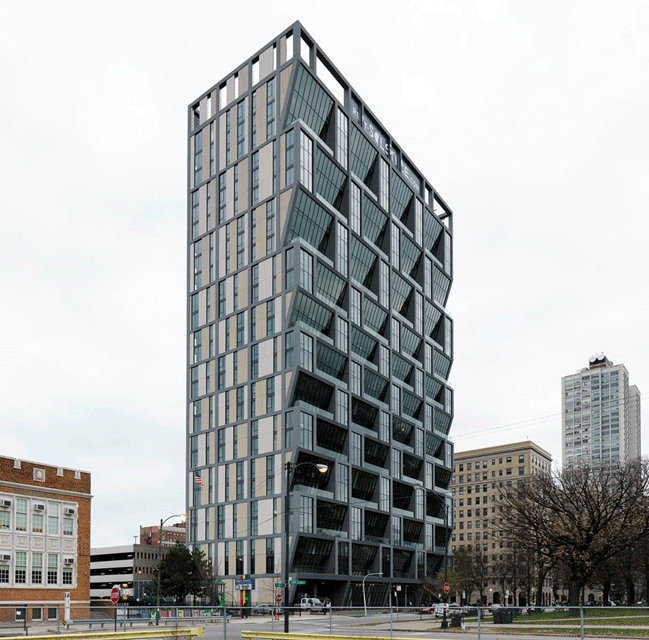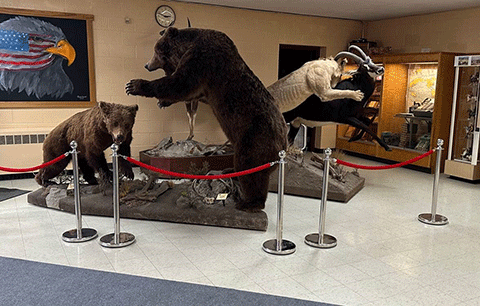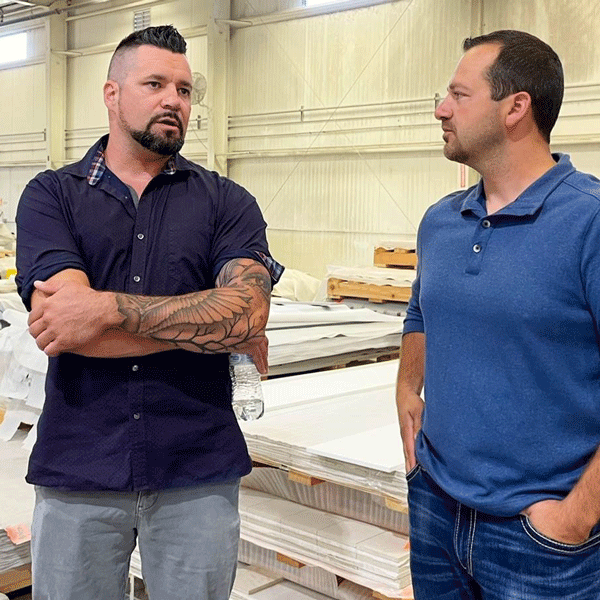Vacant Weyerhaeuser school building becomes growth engine
Entrepreneur turns his former school into manufacturing plant and museum
Kyle Czekalski grew up in Weyerhaeuser, about 50 miles north of Eau Claire. He attended the same school from kindergarten through 12th grade—just as everyone did in the village of 230—in a building that was constructed in 1954 and expanded about 20 years later. But in 2010, facing declining enrollment and rising costs, the school districts in Weyerhaeuser and neighboring Chetek merged and Weyerhaeuser lost its local school. The 65,000-square-foot building sat empty, as efforts to attract a technical school or a local business fell flat.
New life for the building
In 2015, local businessman Bob Lorkowski bought the former schoolhouse for $1 on behalf of Blue Hills Friends of Scouting, a Boy Scouts booster group. A training center and education program for high school youths occupied the space for a couple of years, and then Czekalski had a new vision for the property.
Czekalski had moved back to Wisconsin after spending nearly 10 years in Texas, where he’d sold building materials to commercial contractors. Czekalski wanted to bring those connections to his northern Wisconsin hometown, where he knew people had skills and a solid, Midwestern work ethic. He opened his own business, Centerline Architectural Supply, in 2016, establishing it in the former school building he’d bought. Czekalski’s present-day office is in the room where he once attended sixth grade.
Centerline imports exterior building panels from Europe, customizes the panels, and ships them to job sites in the region. The exterior panels, known as cladding, are made of concrete, stone, or phenolic, which is a laminated material. The cladding arrives in sheets and must be cut to size and framed to fit a structure—a process that’s commonly done at the construction site, “but fabricating at the job site is messy and inefficient,” Czekalski says.
“We redraw what the architect has drawn that highlights the area where the cladding goes. Then we engineer all the framing that attaches the panel to the building to ensure that it will perform and bear the weight of the material,” Czekalski says. Centerline ships the panels to building sites along with all the parts needed to mount them, speeding construction time and reducing costs for contractors.
Centerline has completed projects for a variety of clients across the Midwest, including a Farm & Fleet store in Romeoville, Illinois; a 27-story mixed-use building in Chicago; and a building and sledding hill in Green Bay’s Titletown District.
In 2020, one of Centerline’s suppliers, Rieder Group in Austria, proposed a broader collaboration that would allow the two companies to serve more customers. They took over a vacant, 75,000-square-foot manufacturing plant in Ladysmith (15 miles from Weyerhaeuser) and established RCL Services, whose expanded capabilities give them reach beyond the Great Lakes states to the entire U.S. Centerline has added powder coating and has opened a distribution center for hardware suppliers.
Czekalski credits WEDC Regional Economic Development Director Dave Wierzba with helping his business to grow and expand through WEDC’s support and networking. Wierzba says it’s unusual to find new uses for big, vacant buildings in small towns like Weyerhaeuser. “Repurposing a school building in a rural area—it’s a huge deal,” Wierzba says.
Boosting the local economy
Centerline and RCL have turned two empty buildings into thriving manufacturing centers that employ about 35 people and will likely hire up to five more in the next year. And there could be a new use in the works for part of the former school: as a museum and potential tourist attraction.
A curator for the collections of billionaire Ken Behring, who died in 2019, contacted Czekalski and asked to send some of Behring’s artifacts to the Weyerhaeuser building. Behring, who grew up in Monroe, became a major real estate developer in Florida and California, co-owned the Seattle Seahawks football team from 1988 to 1997, and was a philanthropist and big-game hunter.
Several semi-trucks filled with art, artifacts, and taxidermy unloaded their haul into the former school. “We have more animals than the Smithsonian Museum,” Czekalski says. He plans to create museum space and open the collection for the public to view—another potential addition to the local economy.

